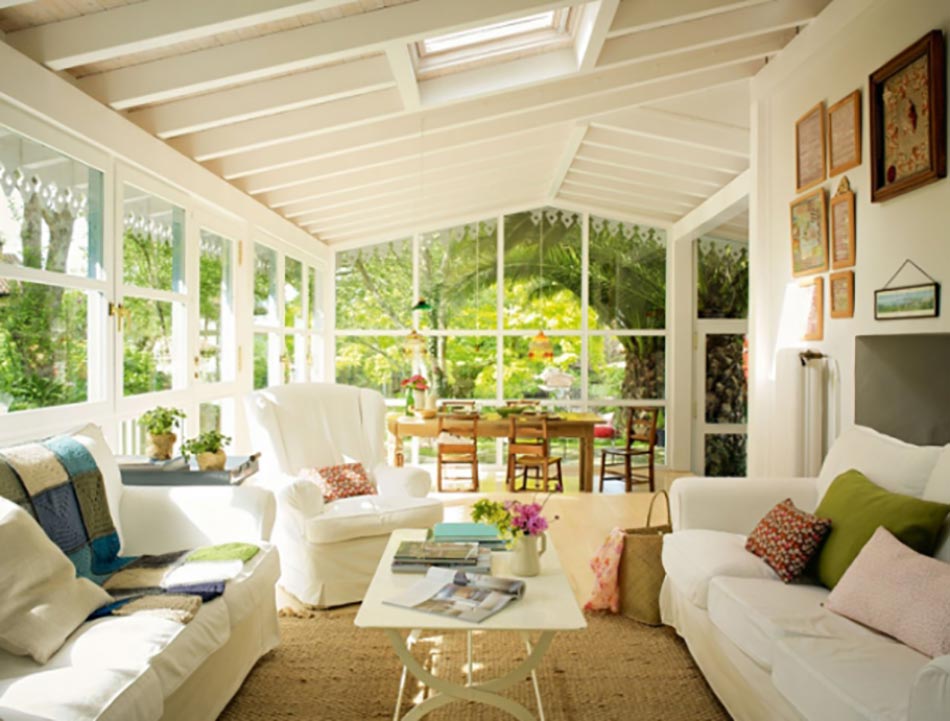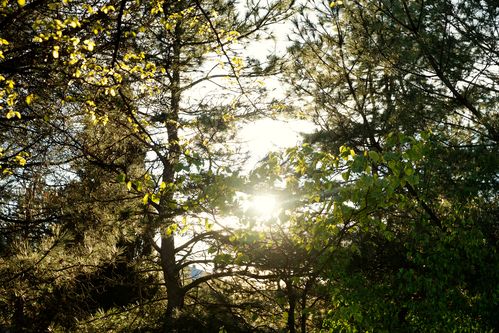
Natural light in buildings: an essential factor for the well-being of occupants
If the debate is still struggling to impose itself in the face of energy performance or embodied energy, the quality of life in buildings remains an important factor. Often reduced to indoor air quality, measuring the health and comfort of a building nevertheless goes beyond this aspect alone. As the hygienist architecture of the 20th century had already understood, of which the best illustration are the school centers and their large windows, natural light is also an important element to take into account. This is all the more so at a time when we spend 90% of our time indoors.
A significant impact of natural light on well-being and productivity
One of the difficulties in scientifically evaluating interior comfort is the relativity of sensations, as well as the cultural aspect that is attached to it. Such is the case for the thermal sensation, governed today by well-being curves developed in Europe or the United States and which it is often necessary to strongly adapt in other regions of the world. One of the contributions of the study “The consequences of modern living in confined spaces on health, well-being and productivity?” conducted by YouGov on behalf of the VELUX Group in 2018, is to highlight these differences in perception across countries. Thus, if, on average, in the 12 European countries plus the United States and Canada, 62% of the people questioned think that natural light has a rather important or very important role in their daily productivity, this figure rises to 75 % in Slovakia, while it is only 49% in the United Kingdom. Beyond these individual perceptions, it is however undeniable that attention is much better in spaces where there is plenty of natural light. For example, the SINPHONIE (Schools Indoor Pollution & Health Observatory Network in Europe) study, which covered 114 schools in 23 countries in 2014, found a 15% increase in logic and math test scores. A similar study on a call center indicated a productivity increase of 6 to 12% for employees working in premises with better access to natural light and a pleasant view to the outside.
Designing buildings according to our new lifestyles in confined spaces
As Catherine Juillard, Director of Sustainable Buildings and Institutional Relations at VELUX France, notes, “Nothing will replace the benefits of time spent outdoors but, given the constraints of everyday life, we must also recreate the conditions of the outdoors in our living spaces. “. If the figures of the YouGov study are different according to the countries, a minimum of 50% of the respondents indicate that natural light has a positive impact on their sleep on the one hand and influences their daily mood on the other hand. To preserve our rhythm and our biological balance, the day/night cycle must be fed by a sufficient daily dose of natural light. Maximizing interior sunlight by channeling light from the East for waking up and the last rays from the West for sunset or the end of the day is essential in order to recall the 24-hour circadian cycle. This improves the sleep cycle in particular by giving our body natural information on the time factor.
Some tips for enjoying the benefits of natural light every day:
Get outdoors for at least 30 minutes a day, even in autumn and winter (for example, take a short daily walk at lunchtime).
Try to recreate the conditions of the outside inside your house or office buildings, in particular thanks to the windows which open the view on the natural elements (vegetation, sky…) and which also facilitate natural ventilation. This prevents the appearance of symptoms such as fatigue in the middle of the day, food cravings or lack of concentration.
published by Héloïse Bonnal Article signé Construction21, La rédaction

0 comments